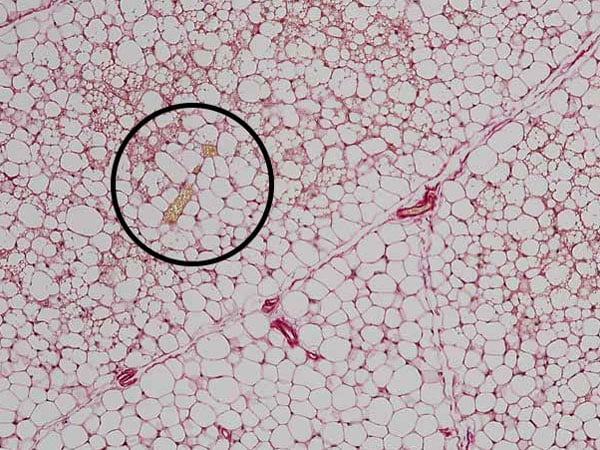UC San Francisco researchers have made a groundbreaking discovery that could change how we approach weight loss. They’ve found a way to turn ordinary white fat cells, which store calories, into beige fat cells that burn calories to maintain body temperature.
This finding in mice opens up possibilities for a new class of weight-loss drugs. It may also explain why some previous clinical trials for similar therapies haven’t succeeded.
Until now, scientists thought creating beige fat required starting with stem cells. But the new study, published July 1 in the Journal of Clinical Investigation, shows that ordinary white fat cells can become beige fat simply by limiting the production of a specific protein.
“A lot of people thought this wasn’t feasible,” said Brian Feldman, MD, PhD, the Walter L. Miller, MD Distinguished Professor in Pediatric Endocrinology and senior author of the study. “We showed not only that this approach works to turn these white fat cells into beige ones, but also that the bar to doing so isn’t as high as we’d thought.”
Understanding Fat Cell Types
Mammals have three types of fat cells: white, brown, and beige. White fat stores energy, while brown fat burns energy to produce heat and regulate body temperature.
Beige fat cells are a mix of both. They burn energy like brown fat, but they’re spread throughout white fat deposits instead of growing in clusters.
Humans are born with brown fat to help maintain body temperature after birth. This brown fat disappears in the first year of life, but beige fat sticks around.
Our bodies can naturally turn white fat cells into beige ones when we’re cold or change our diet. Scientists have tried to copy this process by turning stem cells into mature beige fat cells.
But stem cells are scarce. Feldman wanted to find a way to turn white fat cells directly into beige ones.
“For most of us, white fat is not rare and we’re happy to part with some of it,” he said.
The Key to Fat Cell Transformation
Feldman’s team focused on a protein called KLF-15, which they knew played a role in metabolism and fat cell function.
Working with mice, which keep their brown fat throughout life, they found that KLF-15 was much less common in white fat cells than in brown or beige fat cells.
When they bred mice with white fat cells lacking KLF-15, these cells turned from white to beige. Without the protein, it seemed the default setting for fat cells was beige.
The researchers then looked at how KLF-15 works in human fat cells. They found it controls a receptor called Adrb1, which helps balance energy in the body.
Scientists already knew that stimulating a similar receptor, Adrb3, made mice lose weight. But drugs targeting this receptor didn’t work well in humans.
Feldman thinks a drug targeting the Adrb1 receptor in humans might work better. It could have advantages over new injectable weight-loss drugs that suppress appetite and blood sugar.
This approach might avoid side effects like nausea because it would only affect fat deposits, not the brain. The effects could also last longer because fat cells live for a long time.
“We’re certainly not at the finish line, but we’re close enough that you can clearly see how these discoveries could have a big impact on treating obesity,” he said.
This promising research, funded by an NIH grant, brings us one step closer to potentially more effective obesity treatments.


